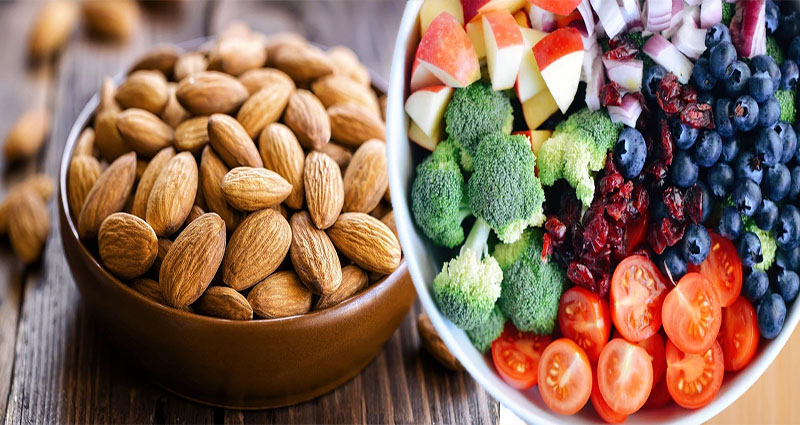There are many different types of energy food for kids. You may already be aware of fruit and vegetables and the antioxidants they contain. But are they good sources of energy? Or is there something else you can do to increase your kid’s energy levels? Here are some ideas:
Fruits and vegetables
Although they can be filling and delicious, fruits and vegetables have many other benefits for kids, too. Although many kids dislike them, they have powerful nutritional benefits that are essential to their growth and development. They can provide energy to kids who need to burn extra calories after a long day at school. Listed below are some of the benefits of fruits and vegetables. You can also read more about fruits and vegetables to boost your child’s energy levels.
Nuts
Nuts contain a rich source of monounsaturated fatty acids, protein, and healthy fats. Among their many other benefits, these tasty snacks can lower cholesterol and lower blood pressure.
Additionally, they support bone and teeth health and regular bowel movements. So, why are they good for your kids? Let’s discuss what makes nuts so good. How can you incorporate them into your kid’s diet!
Almonds
There are many benefits of almonds for kids, and soaking them first will maximize their nutritional value. They are high in riboflavin, an antioxidant that helps to boost the child’s immune system. The nutrients found in almonds will give your child the energy they need to keep up with their hectic schedule. Almonds also contain minerals, including copper and manganese, which can help your child maintain their metabolism.
Cottage cheese
The nutritional benefits of cottage cheese are numerous. This dairy product contains all nine essential amino acids, which help the body convert food into energy. B vitamins are also important for maintaining healthy skin and brain cells. Children who eat cottage cheese have more energy than those who do not. It may even help them fight the midday slump. Cottage cheese is also an easy food to incorporate into the diet. Cottage cheese is an excellent source of calcium, phosphorus, and protein.
Watermelon
Kids may like the taste of fresh watermelon but are not keen on the pulp. You can pound a seedless watermelon and serve it to your child to increase the water content. It is also good for their health as it contains a high amount of antioxidants and vitamins. Alternatively, you can blend the fruit into a puree and serve it to them cold. If your child has trouble eating the melon, try adding a few other fruits, such as banana or mango.
Bananas
Children often need a boost of energy during the day, so eating bananas is an excellent way to provide them with that. Bananas are packed with essential nutrients like potassium, magnesium, folic acid, niacin, and folate. While their low sodium content makes them a healthy snack choice, they’re also high in vitamin C and dietary fiber, which provide the body with additional energy.
Apples
As a low-calorie fruit, apples also contain considerable fiber. This means that they are a great source of energy for kids. A balanced diet, along with regular physical activity, is important for a child’s weight management. Apples contain soluble and insoluble fiber. Soluble fiber holds water in the intestines, which helps with bulk and food movement. Both soluble and insoluble fiber promote a child’s digestive health.









